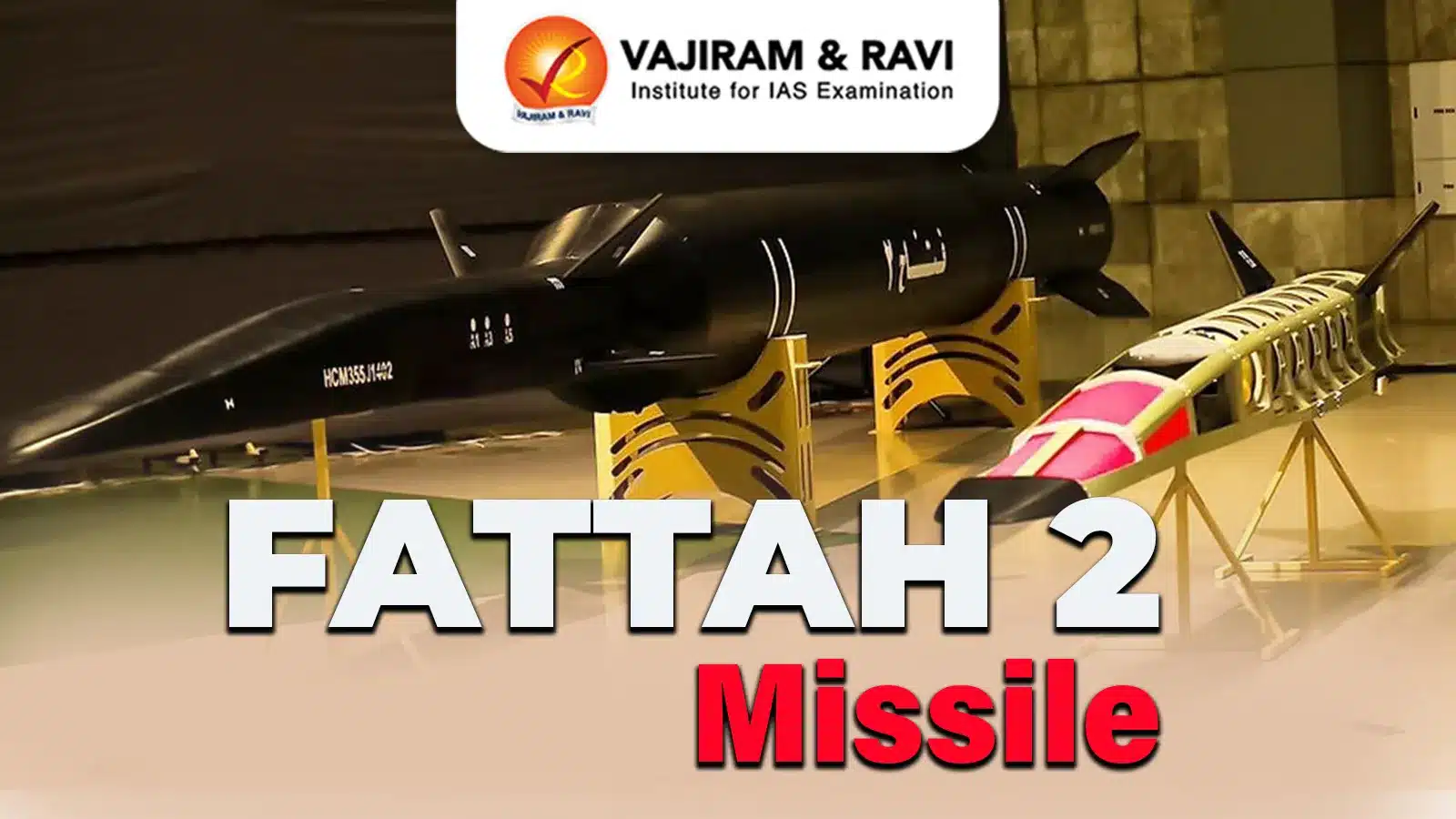About Treaty of Conventional Armed Forces in Europe (CFE)
- Negotiated during the final years of the Cold War and signed a year after the fall of the Berlin Wall, CFE placed limits on the deployment of military equipment to maintain military balance between North Atlantic Treaty Organization (NATO) and the then-Warsaw Pact countries.
- Its purpose was to stop Cold War rivals from building up forces that could be used in a swift assault.
- Twenty-two member states of the two military alliances, the NATO and the Warsaw Pact, came together in Paris on 19 November 1990 to sign the agreement.
- It finally entered into force on 9 November 1992. The Warsaw Pact by this time had disintegrated and its treaty obligations were consequently passed to the pact’s successor states.
- Specifically, the Treaty required NATO and Warsaw Pact states to have in total no more than 40,000 battle tanks, 60,000 armoured combat vehicles, 40,000 pieces of artillery, 13,600 combat aircraft and 4,000 attack helicopters on the whole territory of the respective alliance.
- To reach these targets, the CFE states parties destroyed in subsequent years more than 50,000 weapons systems.
- These steps were supervised under a treaty compliance mechanism requiring information sharing and reciprocal inspections.
- Moreover, the scope of the treaty was soon widened to cover troop numbers. The 1992 follow-up agreement known as the CFE-1A arranged limits on the level of military personnel.
- Meeting at the Istanbul summit of the Organization for Security and Co-operation in Europe (OSCE), CFE Treaty partners finally agreed, on 19 November 1999, on an updated and modified arrangement: the Adapted CFE Treaty.
- A major change was that limitations on conventional weapon systems were no longer aligned to two “blocs” but to the territorial borders of individual states.
- Russia suspended its participation in the treaty in 2007 and halted active participation in 2015.
What is Warsaw Pact?
- The Warsaw Treaty Organization (Warsaw Pact) was a political and military alliance established on May 14, 1955 between the Soviet Union and several Eastern European countries.
- The Soviet Union formed this alliance as a counterbalance to the NATO, a collective security alliance concluded between the United States, Canada and Western European nations in 1949.
- The original signatories to the Warsaw Treaty Organization were the Soviet Union, Albania, Poland, Czechoslovakia, Hungary, Bulgaria, Romania, and the German Democratic Republic.
- Although the members of the Warsaw Pact pledged to defend each other if one or more of them came under attack, emphasized non-interference in the internal affairs of its members, and supposedly organized itself around collective decision-making, the Soviet Union ultimately controlled most of the Pact’s decisions.
- It was officially disbanded in March and July of 1991 following the dissolution of the Soviet Union.
Q1) What is the Organization for Security and Co-operation in Europe (OSCE)?
With 57 States drawn from Europe, Central Asia and America, OSCE is the world’s largest regional security organization.It offers a forum for political negotiations and decision-making in the fields of early warning, conflict prevention, crisis management and post-conflict rehabilitation, and puts the political will of the participating States into practice through its unique network of field missions.All 57 participating States enjoy equal status, and decisions are taken by consensus on a politically, but not legally binding basis.
Source: Russia formally withdraws from key post-Cold War European armed forces treaty
Last updated on June, 2025
→ UPSC Notification 2025 was released on 22nd January 2025.
→ UPSC Prelims Result 2025 is out now for the CSE held on 25 May 2025.
→ UPSC Prelims Question Paper 2025 and Unofficial Prelims Answer Key 2025 are available now.
→ UPSC Calendar 2026 is released on 15th May, 2025.
→ The UPSC Vacancy 2025 were released 1129, out of which 979 were for UPSC CSE and remaining 150 are for UPSC IFoS.
→ UPSC Mains 2025 will be conducted on 22nd August 2025.
→ UPSC Prelims 2026 will be conducted on 24th May, 2026 & UPSC Mains 2026 will be conducted on 21st August 2026.
→ The UPSC Selection Process is of 3 stages-Prelims, Mains and Interview.
→ UPSC Result 2024 is released with latest UPSC Marksheet 2024. Check Now!
→ UPSC Toppers List 2024 is released now. Shakti Dubey is UPSC AIR 1 2024 Topper.
→ Also check Best IAS Coaching in Delhi
























